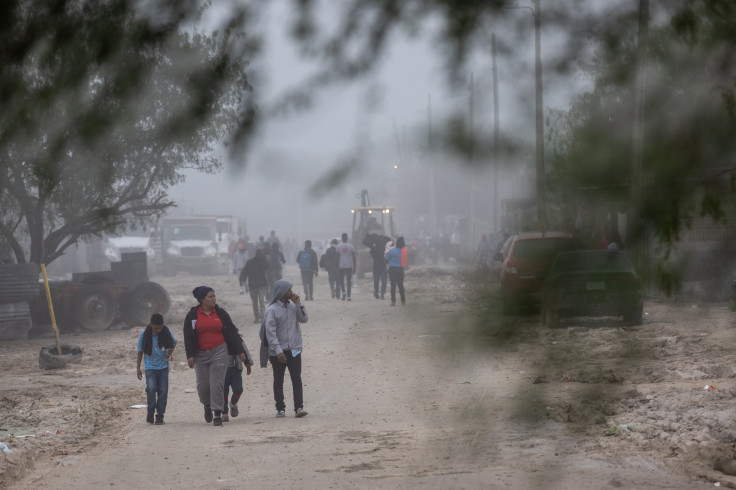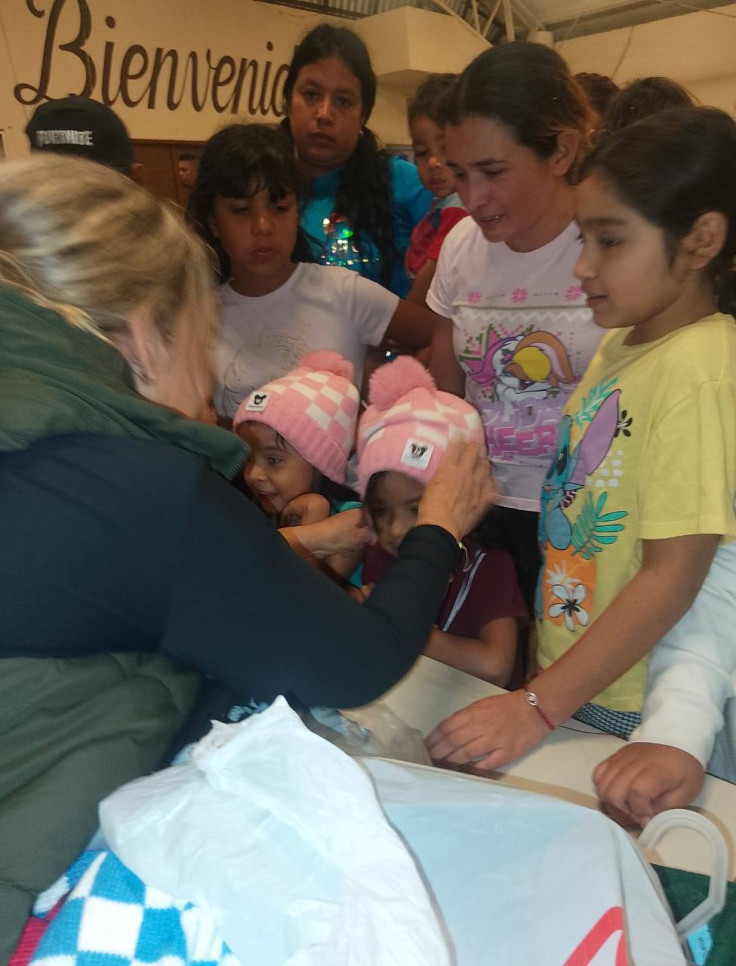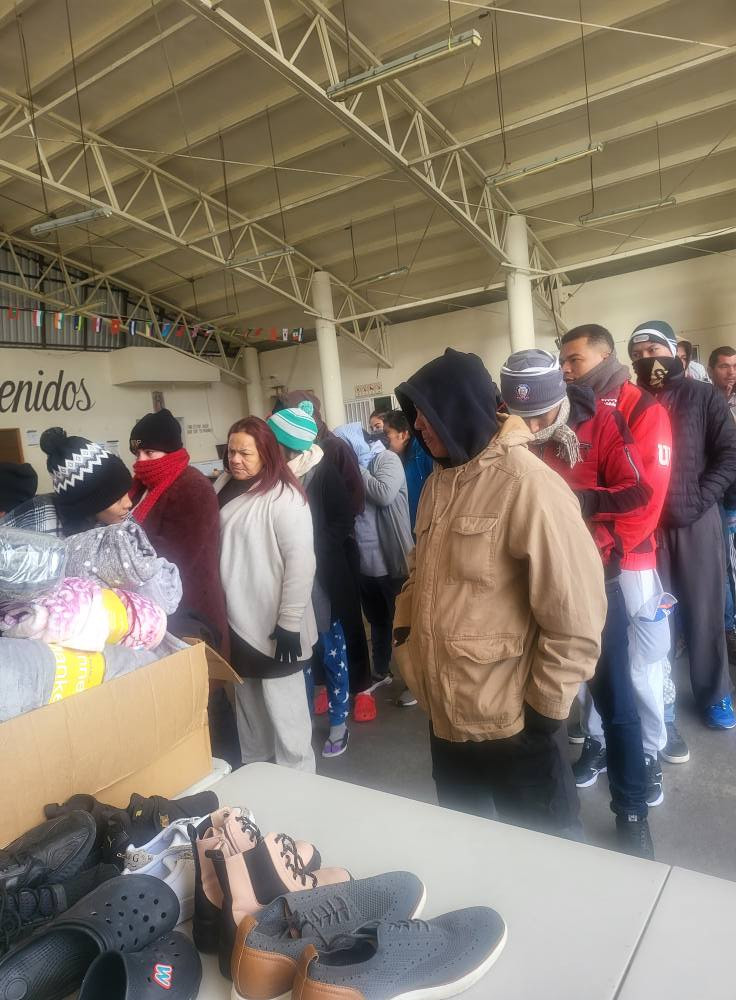
Just a mile from the McAllen-Hidalgo International Bridge, a humanitarian crisis is unfolding. Casa del Migrante, a migrant family shelter, is operating beyond its capacity as asylum seekers and deported nationals find themselves at the U.S.-Mexico border amid President Donald Trump's immigration crackdown.
Casa del Migrante was built to accommodate around 150 people at a time—mostly women and children—with a steady flow of migrants arriving and departing daily. However, since Trump's inauguration, the flow has stopped, at least in one direction—people are arriving, but very few are leaving. With deported Mexican nationals increasingly requesting its services, the shelter now holds around 250 migrants, including 80 children, forcing staff to get creative as they try to meet the growing demand.
The shelter technically enforces a 20-day stay limit but many migrants have nowhere to go when their time runs out.
"They have to figure out where to go next. And that's the real problem—where do they go? They can't go back to Haiti, Colombia, or Venezuela. They can't go to the U.S. either. So what now?" explained Mayra Guadalupe Garza, a volunteer known as "Mayra Migrantes" due to her dedication to the migrant communities in Reynosa and Matamoros, about those who arrive to the border looking to request asylum.

Garza, 50, lives in McAllen, Texas, but crosses into Reynosa at least five times a week to assist migrants in various shelters, including Casa del Migrante, where she spends most of her time. She said every migrant shelter in the city is facing similar problems since Trump's first executive orders left thousands of asylum seekers in limbo.
Such is the fate of a Colombian family Garza grew close to. They had a young boy who befriended her grandson. The boy asked her to bring him over to the shelter before his family's CBP One appointment on Tuesday, January 21. He wanted to say goodbye.
But then, everything changed. On January 20, President Trump signed an executive order suspending the CBP One app and every scheduled asylum appointment.
"The boy didn't leave. His eyes were just empty—he kept saying, 'I don't know what's going to happen to me now,'" Garza told the Latin Times. "I usually don't let myself get too emotional because if I break down, they break down," she said. "But this time I cried."
Since then, according to Garza, there has been a significant uptick in demand for shelter beds—a demand she expects will increase during the coming weeks and months as the Trump administration focuses on deporting undocumented immigrants.

While the Mexican government has built a series of shelters designated for deported Mexicans, many who arrive at Casa del Migrante have minors with them and seek to stay in a safer environment, per Garza.
With deportations increasing and no legal pathways left for most asylum seekers, the number of stranded migrants is expected to rise. Garza and other volunteers continue to provide support but resources are running low, making it difficult to sustain the growing number of migrants in need.
"The shelters are at their limit. Every single one," she said.
Garza started a private Facebook community in which she announces some of the shelters' most critical needs. Volunteers have been requesting diapers of all sizes, winter clothing, food, and prayers.
"The food is getting worse," Garza explained. "Now, it's just lentils every day. If you're at home, lentils are fine once in a while, but imagine eating them every day. And dinner? Just bread with coffee or milk."
The recent cold snap in the region made conditions even more difficult for migrants. "It was freezing—absolutely unbearable," she said. "People desperately needed coats, hats, and gloves, but they had nothing."
As Garza and other volunteers try to respond to immediate needs first, they're also trying to help those who have nowhere to go and want to keep waiting for a legal pathway to enter into the United States. They hope to secure temporary housing and jobs for some families so that they don't have to live in shelters indefinitely.
"I can't promise them anything," she said. "But I want to help them find a way to keep going."
Denise Gilman, co-director of the Immigration Clinic at the University of Texas, told the Latin Times she predicts a short-term pause in border crossings as migrants wait to see how the situation develops.
However, she thinks that crossings will likely resume in greater numbers as migrants adapt to the new policies. "Those who had CBP One appointments will likely decide to cross without authorization rather than waiting in limbo. The system we've created essentially encourages irregular crossings and travel to the U.S. interior," she said.
This scenario, Gilman said, also strengthens drug cartels running human smuggling businesses at the border. "[Migrants] will take more hidden and dangerous routes to evade detection. This increases the power of organized crime and leaves migrants more vulnerable to exploitation."
© 2025 Latin Times. All rights reserved. Do not reproduce without permission.





